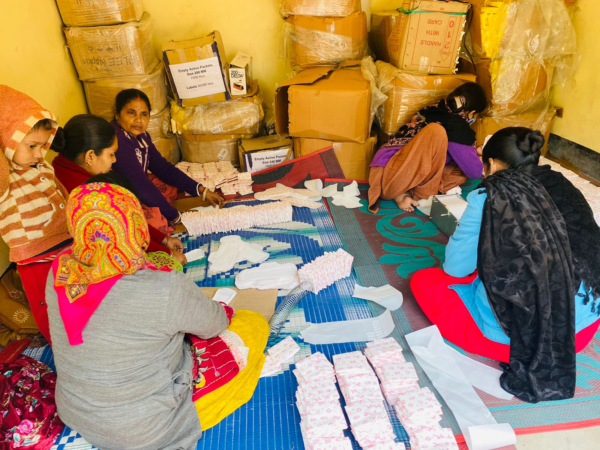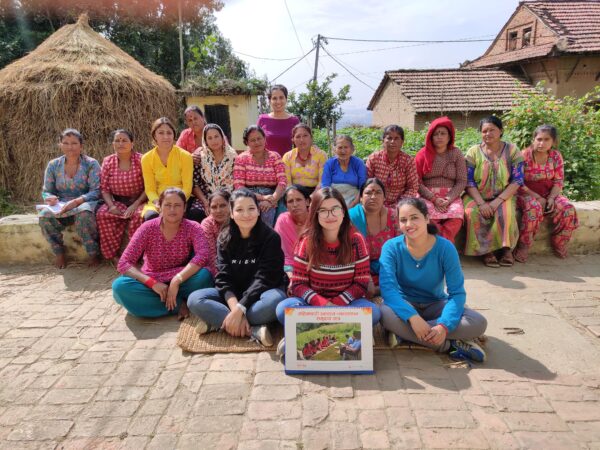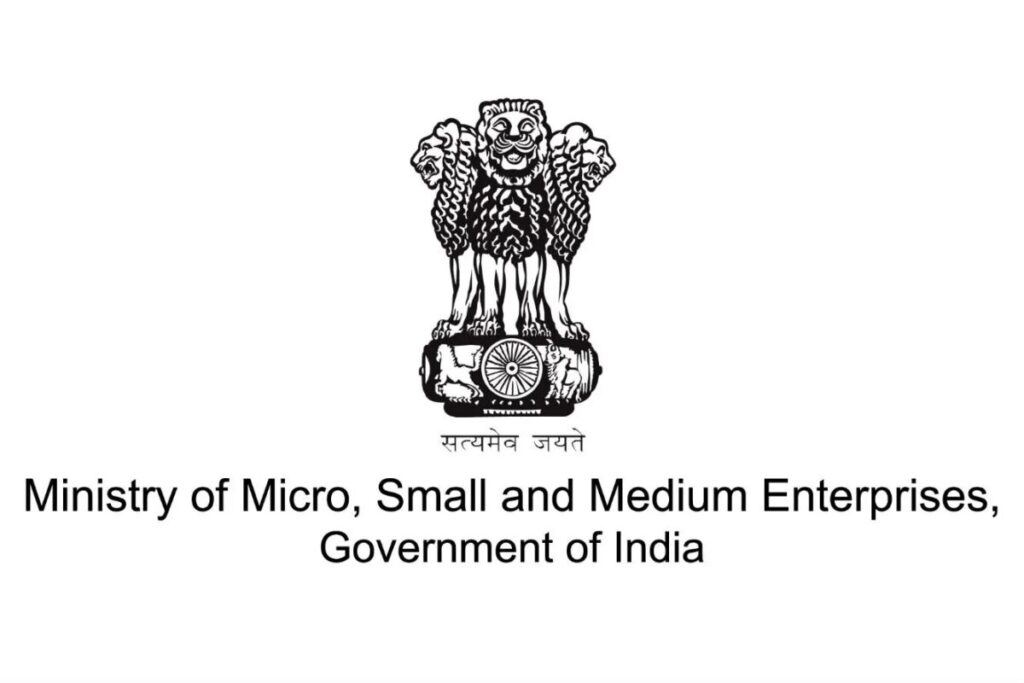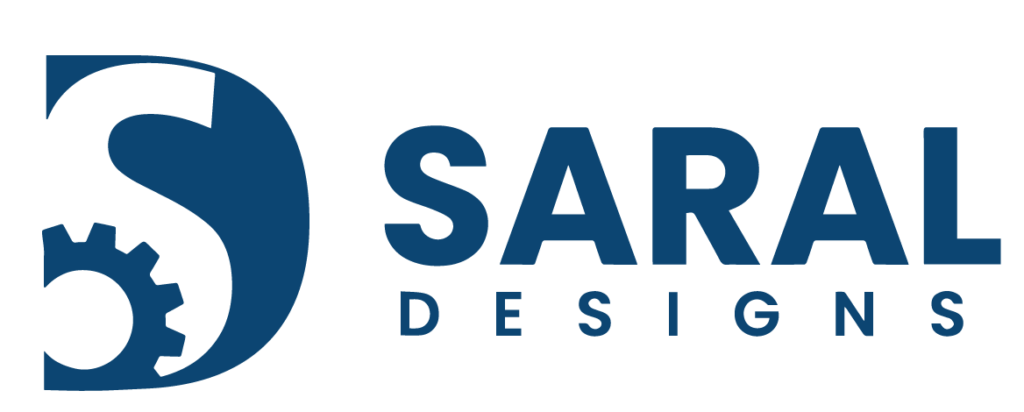How do you assess the quality of a sanitary napkin as a new entrepreneur?
The demand for sanitary napkins and other menstrual products has been growing with increased awareness about menstrual health in the local as well as international markets, thanks to Bollywood and Hollywood movies, government and NGO campaigns over the last decade.

It is a great time to be an entrepreneur in the sanitary napkin business. Now that you have decided on the products you start to research and understand more about this business. So, what do you need to build a successful business? Funds, a good production machine, product quality, good brand campaign and distribution network.
But if you are new to the industry, one of the most elusive things is quality. You start to visit various trade & listing platforms , social media platforms, and other websites which will give you many options,but how will you evaluate the quality of the pad? How will you assess if the quality of the pad is up to the BIS standards? Will the users love the product?
At Saral Designs, we strive to make your life simple and Saral.
Here are a few things,as a new entrepreneur, you should know

No leakage, please!

- Adhesive sealing
- Ultrasonic technology
- Combination of Heat sealing + boundary sealing + Adhesive hot melt sealing.
1. Adhesive sealing
In this type of sealing, the adhesive is used as a sealing agent to bond the overall raw material of the pad. Even in this, there are two types of adhesives (a) cold melt adhesive and (b) hot melt adhesive.
Cold melt adhesive is used mainly in small scale, manually operated machines. It is generally not recommended due to poor sealing strength. Also, since the application is done manually, the amount applied can vary from pad to pad making it inconsistent and unhygienic to use.
In Hot melt adhesive, the adhesive is heated at a certain temperature and then applied via machines and thus making sure the amount of adhesive used in the pads is consistent. Hence, pads in this type of sealing have less chances of leakage. Additionally, good quality hot melt glues sourced from reputed suppliers have a much better bonding strength than cold melt adhesives.
2. Ultrasonic technology
In ultrasound sealing, the sealing process uses an acoustic vibration to generate heat and causes the thermoplastic fibers to bond together sealing the pad. While eliminating glue sealing is good, but one has to be aware of the drawbacks of ultrasonic sealing:
- Ultrasonic technology only works on sealing similar types of raw materials (for eg. the bonding strength of non-woven to non-woven material will be good, but non-woven to PE film may not be strong, leading to leakages.
- Ultrasonic horns and generators have to be handled carefully, else it can have high maintenance cost and wear and tear
- Requires skilled operators.
- Improper setting or embossing design can lead to creation of pin holes on the pad which causes leakage.
3. Heat sealing + boundary sealing + adhesive hot melt sealing
In this sealing, the pad’s top sheet, back sheet, and absorbent core are bonded by adhesive hot melt sealing between all the layers. Then the pad is again sealed by heat sealing to make the sanitary napkin leakage proof and lastly, boundary sealing is done on the pads (i.e – the pad is sealed from edges) making the pad secured for side leakage as well. It is a robust way of sealing and is used in our Swachh machines to make sure the quality of the sanitary napkins is up to the approved BIS standards!
High Absorption Core
Core – A combination of SAP+ Airlaid paper or wood pulp fluff is used as an absorbent in pads to absorb and lock the blood.
While this is the most important part of a sanitary pad, it is also the most expensive. It is important to optimize design to ensure maximum absorption and minimum core wastage.
In several low cost ultrasonic sanitary pad making machines the absorbent is continuous end to end to reduce the number of processes in the machine to make the machine low cost. But this compromises on the quality of the pad because the edges of pads are not sealed equally around the entire periphery/boundary, making it susceptible to opening of pad from the front or back, and causing leakage


In all our Swachh machine variants, the core is cut in a specific length as per the pad’s size which is placed centrally and the entire boundary is sealed equally which enhances the quality of the pad. Additionally, the design also reduces the cost of production because less raw material is consumed. It can have upto a cost impact of INR 0.30 per pad. For high speed machines (100 pads per minute), this small feature alone leads to a saving of INR 3Lac per month!
Also, watch this literally viral video comparing the quality of Swachh machines with other multinational brands. No surprise on who wins?
Barrier backsheet
To avoid leakage and protect the absorbed blood from staying inside the pad, the quality of the backsheet is important. Make sure to choose the appropriate GSM of the backsheet depending on the raw material type (PE backsheet or compostable backsheet) to have appropriate thickness to endure heat sealing and tear resistance.
Release Paper and Disposal of pads
Positioning glue is applied on the backsheet of the sanitary pad which helps the pad stick to the undergarment. In order to keep this glue intact before usage, a release paper is used. In Swachh machines, by design we have added a few delight features in the release paper. The release paper can have branding or usage messages printed on them. The release paper can also double as disposal wrapper -basically, it works as a covering paper for the pad after use.



Perfumes and colours
There have been a few news articles lately pointing out the side affects of some chemicals used in sanitary pads. Perfumes and colours are not important for sanitary pad performance and, thus, can be avoided. It will also help reduce the cost of the sanitary pad and avoid risks of allergies and rashes for people with sensitive skin. As an innovator if you plan to add any new or different ingredients in a sanitary pad, make sure to send your pads for BIS standards and toxicity testing.
Well, you may still have more questions. Don’t worry, our experts will take you through the journey of selecting the appropriate quality of the pad, connect you to trusted raw material suppliers and help in choosing the best machine suited for your needs. We also have a detailed training program for all our machine buyers on raw materials selection, pad quality control, how to comply with BIS standards and how to create a testing set-up inhouse.
Contact us at [email protected] for more information. 
Impact created by Saral Design by the Menstrual Health Management Project




